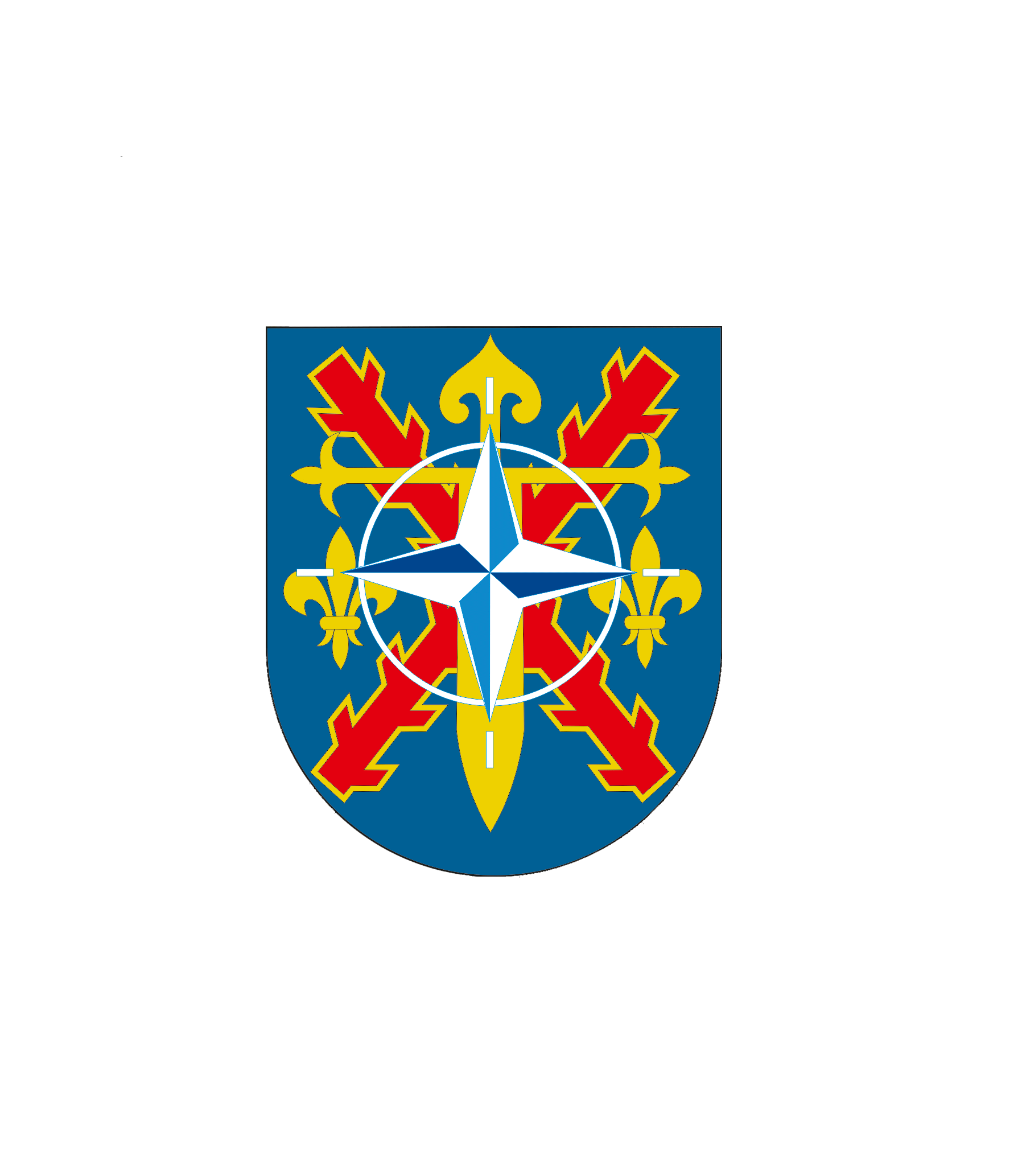- Home
- UNITS
- Valencia
- Texto no traducido
- News about the Unit
- 2015
- El Cuartel General de la OTAN en Bétera (HQ NRDC-ESP) liderará la primera Fuerza de Muy Alta Disponibilidad de la OTAN
MENÚ UNIDAD
ARMY UNITS
- Araba Álava |
- Albacete |
- Alicante |
- Almería |
- Asturias |
- Ávila |
- Badajoz |
- Barcelona |
- Burgos |
- Cáceres |
- Cádiz |
- Cantabria |
- Castellón |
- Ceuta |
- Ciudad Real |
- Córdoba |
- A Coruña |
- Cuenca |
- Girona |
- Granada |
- Guadalajara |
- Gipuzkoa |
- Huelva |
- Huesca |
- Islas Baleares |
- Jaén |
- León |
- Lleida |
- Lugo |
- Madrid |
- Málaga |
- Melilla |
- Murcia |
- Navarra |
- Ourense |
- Palencia |
- Las Palmas |
- Pontevedra |
- La Rioja |
- Salamanca |
- Segovia |
- Sevilla |
- Soria |
- Tarragona |
- Santa Cruz de Tenerife |
- Teruel |
- Toledo |
- Valencia |
- Valladolid |
- Bizkaia |
- Zamora |
- Zaragoza

News
Wednesday, February 18, 2015
Number:
Spanish NATO Rapid Deployable Corps (HQ NRDC-ESP) will lead the Very High Readiness Joint Task Force (VJTF) in 2016
Defence Ministers met on the 5th of February in Brussels and decided to enhace the NATO Response Force as part of NATO´s adaption measures.
HQ NRDC-ESP will command the new Spearhead Force (Very High Readiness Joint Task Force) in 2016, as the flagship element of the enhanced NRF. This will comprise a multinational brigade (approximately 5,000 troops), with up to five battalions, supported by air, maritime and special forces. Some troops will be ready to move within two to three days.
The Defence Ministers agreed on the size and scope of a new very high readiness force or Spearhead Force. “We decided that this very high readiness force will consist of a land brigade of around 5,000 troops. These will be supported by air, sea and special forces,” said Mr Stoltenberg. He said the Spearhead Force would be backed up by two more brigades “as a rapid reinforcement capability in case of a major crisis. Altogether, the enhanced NATO Response Force will count up to around 30,000 troops.”
At NATO’s Wales Summit in September 2014, Allied leaders approved a Readiness Action Plan to ensure the Alliance is ready to respond swiftly and firmly to new security challenges.
Adaptation measures will enhance NATO’s military posture and readiness levels.




